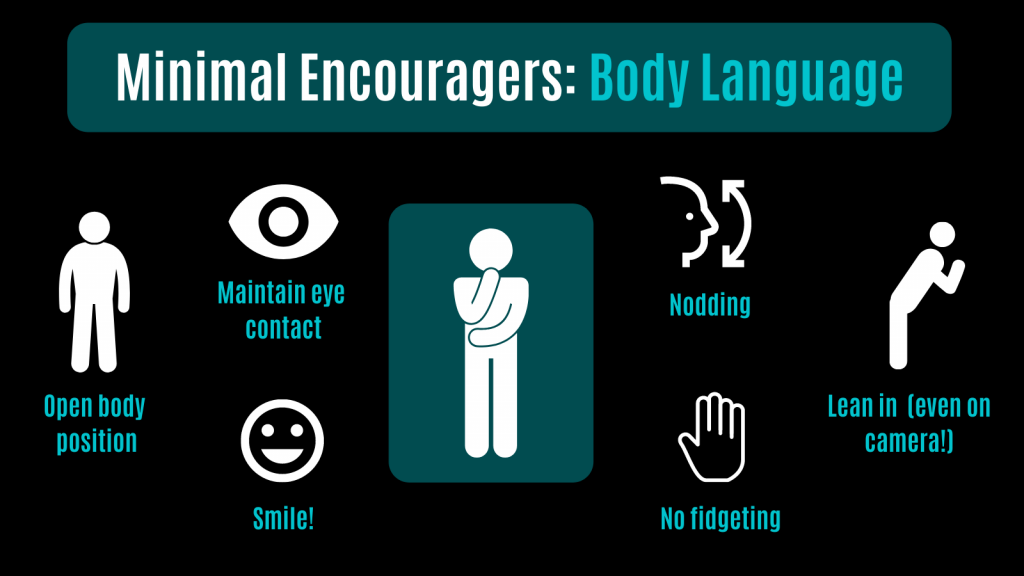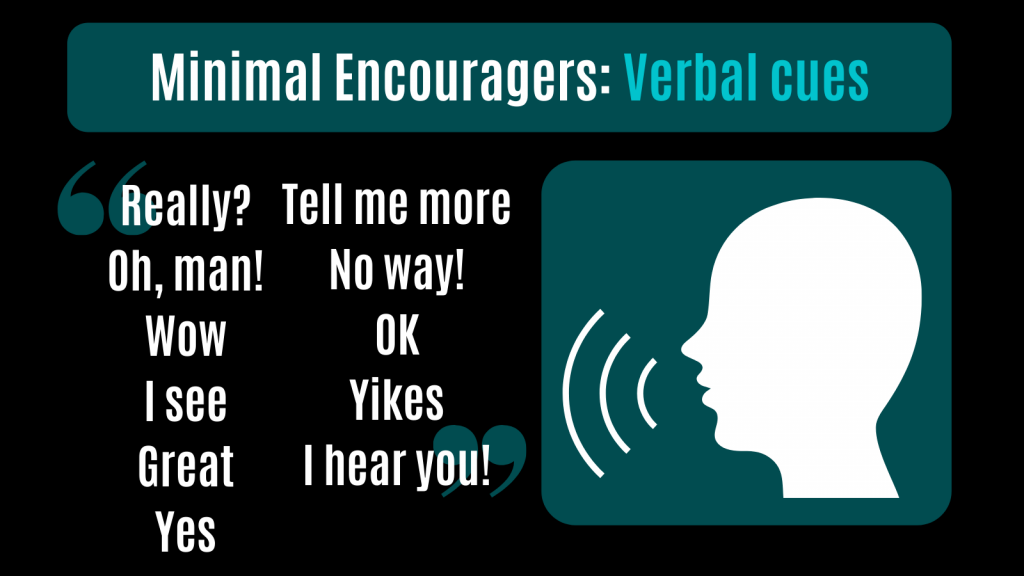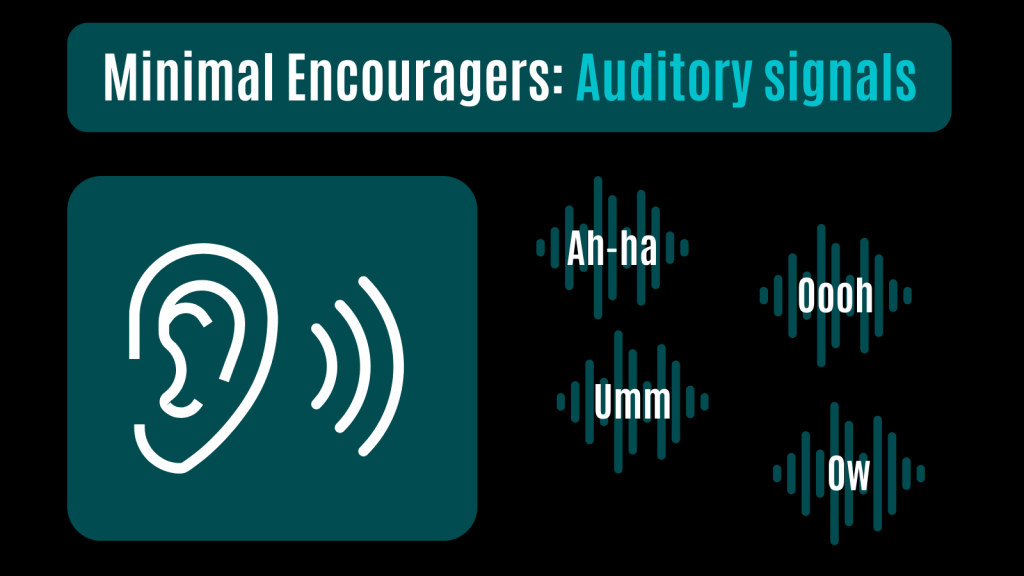Not everyone is born with a natural ability to quickly build a rapport, but it’s a vital skill to winning in business. Luckily, it’s a skill that can be learned by putting a set of simple techniques into practice. In the first of our ‘Winning with Rapport’ series Celia Carron, Founder and Managing Director of The Speaking Clinic, discusses a technique favoured by counsellors that businesspeople shouldn’t miss out on – minimal encouragers.
Imagine this. There are two people pitching for your business. Both are trustworthy and credible – but one has slightly better credentials and experience. Yet you just seemed to ‘click’ more with other person. They seemed more interested in what you had to say, you felt more confident and at ease around them, and you felt comfortable opening up on your opinions and challenges. The chances are, this is the person who will get your business. They have arguably the most important skill in persuasive communication – the ability to build a rapport.
It is true that for some, this skill comes naturally. Lucky them! It’s not bad news for others though. Building rapport is a skill that can be learned, and it isn’t as hard as you might think. In fact, it can start by simply remembering to use physical, verbal and auditory cues designed to keep the other person talking and – most importantly – doing so with confidence.
In the first on my blog series on rapport, I want to discuss minimal encouragers. The technique is often employed by counsellors for the simple reason that they get people to open up – yet those in business would also be wise to incorporate it into their communications with others.
In business, getting people to open up to you is critical. Too many business contracts collapse because assumptions are being made. To win that contract – and keep it – the responsibility is on you to understand the needs and challenges faced by your client. However, some people are more forthcoming than others! Minimal encouragers helps conversations flow – the speaker will give you more information that you can use to develop a collaborative relationship built on trust.
The golden rule: less is more
Before we move into the specific physical, verbal and auditory cues that make up the minimal encouragers technique, it’s important to remember that less is more. Your goal is to keep the speaker talking, so your job is to create an environment where they feel able to do so. The clue is in the name – only the absolute minimum level of intervention should be needed to keep the conversation flowing. Overdo it, and you risk coming across as insincere. Remember, silence can be just as powerful a tool.
Body language
Non-verbal signals that you are listening to the speaker of vital importance when practicing minimal encouragement. Remembering the six key physical encouragers below will help you present yourself as a person others feel comfortable opening up to.

Keeping an open body position, maintaining eye contact, nodding, leaning into conversations and ensuring you are not fidgeting with your hands all help the speaker know that you are present and listening.
Verbal cues
You can use verbal cues to keep the conversation flowing and to get your speaker to expand. However, this is also where many people fall down. The key is to use simple phrases that facilitate further conversation from the other person. Your goal is not to guide them and it is not to offer your own thoughts or opinions. Therefore, be careful to avoid phrases that you will need to qualify such as “I understand”. Keep the examples below in your back pocket.

Using simple phrases such as ‘Really?’, ‘Wow’, ‘Tell me more’ and ‘I hear you’ can show the speaker that you are engaged with what they are saying – and give them the little nudge they need to tell you more. Keeping to phrases that don’t need quantifying puts your speaker in control of the conversation.
Auditory signals
You don’t need to use words to show you are listening and encourage conversation. Auditory signals can show your speaker that you are listening and taking on board what they are saying. In turn, this will help them continue to give you the information you need to build a solid relationship. Be careful not to overuse these though. Think of them like a movie soundtrack. It should demonstrate an appropriate response. There is a thin line, and overuse can make your speaker feel like background noise.

When used at appropriate moments, auditory signals such as ‘ah-ha’, ‘umm’, and ‘Mmmm’ can be just as powerful as words.
Next time…
Minimal encouragers are designed to keep your speaker talking. When used in conjunction with other techniques, you can start to hone your rapport skills. Next month, we’ll delve into a technique which is closely linked, yet designed to shift a change in your conversation, Mirroring.
